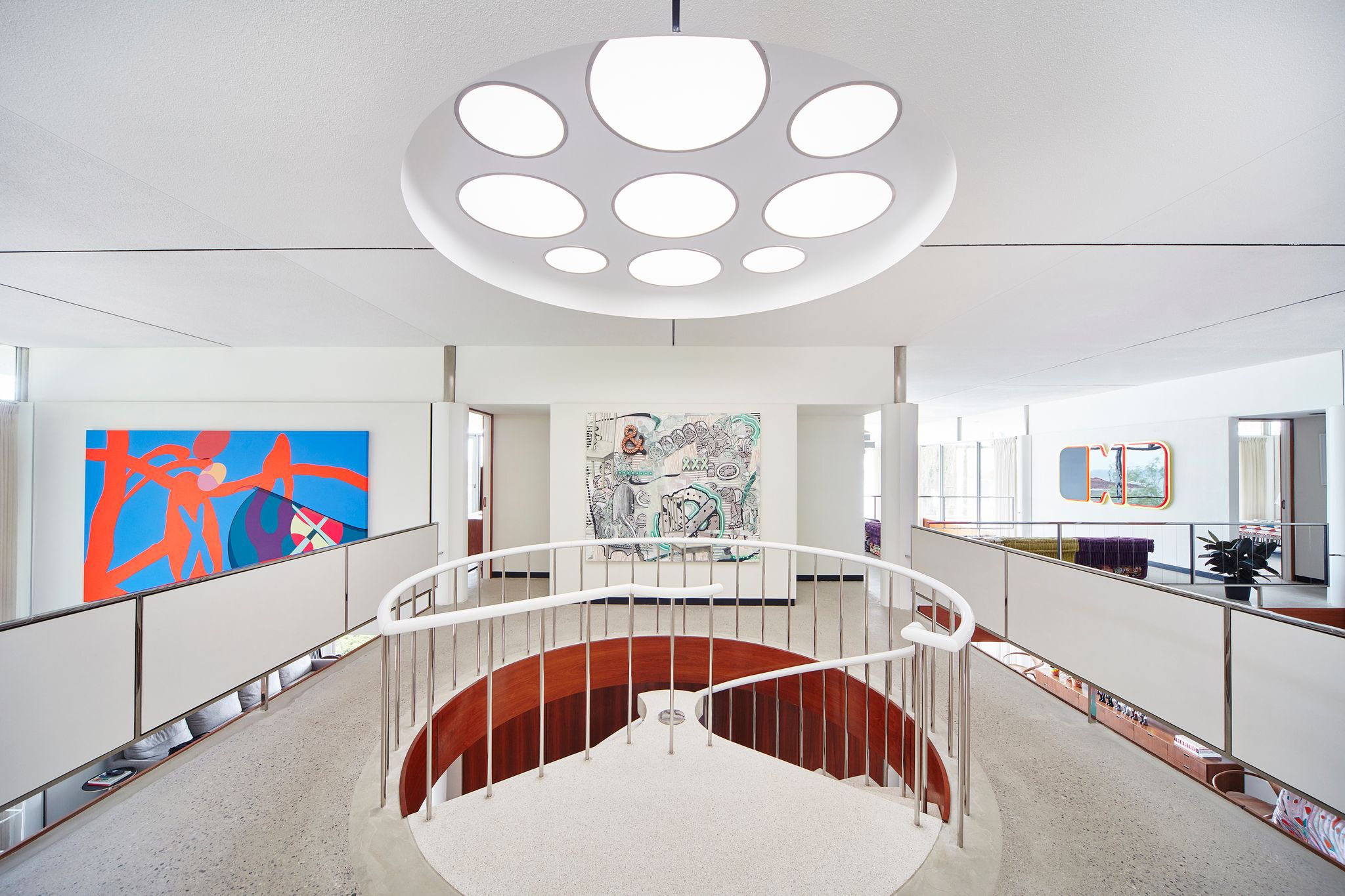
Press Release

For her newest iteration of Medium of Exchange, photographer and multimedia artist Sheida Soleimani charts a fragmented history of the relationship between OPEC nations and western political powers since the formation of the organization in the 1960s. She highlights the correlation between sovereign oil wealth and civil rights abuses, combining photographic tableaus alongside film and multimedia works. In addition to large scale photography, a tented film projection portrays theatrical interplay between caricatured OPEC Oil Ministers and the western government officials who together control the oil industry.
OPEC (the Organization of the Petroleum Exporting Countries) includes Iran, Iraq, Kuwait, Saudi Arabia, Venezuela, Qatar, Indonesia, Libya, United Arab Emirates, Algeria, Nigeria, Ecuador, Angola, and Gabon, unified under a mission to defend the price of oil. Within the works, leaders of these oil-rich countries are featured through their official portraits on the OPEC website, which are printed larger-than-life and worn as masks by anonymous, androgynous bodies that exaggerate various historical scenarios between OPEC Ministers and leaders of other nations involved in oil trade conflict.
Soleimani’s scenes are composed of found images of fields and refineries, and strewn with props including diamonds, exotic animals, oil, and its related paraphernalia. Employing queer models of all shapes and sizes, her characters are diversely engaged in bizarre acts of decadence, excess, and aggression, their bodies decidedly distinct from those of the men whose faces they are wearing. The resultant images can be difficult to decipher, but under close consideration one realizes that the illegibility is intentional, mirroring the manner in which we obtain disordered tidbits of news, truth and fallacy through media. They are beautifully and hauntingly constructed as Soleimani physically assembles printed paper, cutouts and props before photographing models within the tableaux at her Rhode Island studio.
For the Detroit iteration of Medium of Exchange, the artist has added a new series of photographs of the ‘Four Horsemen’, who represent the top four retailers of gas in the US, and own every major pipeline in the world. The concept of the Four Horsemen originated with the New Testament’s Book of Revelations but has since entered popular culture to symbolize Conquest, War, Famine and Death (the four signs of the Apocalypse). In Soleimani’s works, the horses reference each company’s hierarchy in global power; the CEO of Shell is riding a mustang (Ben Van Beurden), Exxon mounts a thoroughbread show horse (Darren Woods), BP walks his pony (Bob Dudley), and Chevron stands alongside his donkey (Michael K. Wirth).
Medium of Exchange reframes oil as a form of international currency. It is ‘black gold,’ a liquid asset in the literal, material sense. The substance oozes across geopolitical contexts, but our experience charting its path is a mediated one - experienced through fragments of news bites instead of as a clear and direct narrative. Though all news media in the present day is definitively misleading and evasive, information regarding the oil trade has been particularly obscured from its origin. Since the 19th century boom, government and media outlets have tried tirelessly to obtain lists of stockholders in these companies, only to be met with refusals to share what should be public information. As 2000/2004 Green Party presidential nominee, Ralph Nader, once said in testimony before the US Senate, “We know more in public about the CIA and NSA than is known about the internal workings of Standard Oil.” What we do know is that the same Four Horsemen who rode to power on the crest of the oil boom over one hundred years ago are now even more firmly in control of an increasingly oil-dependent world economy; and the same old money families who own the major oil companies as well as the major banks (Goldman Sachs, Rockefellers, Lehmans and Kuhn Loebs of New York) are still riding high in the saddle, having set the stage for permanent war in the Middle East.
Soleimani grew up in Cincinnati in what she considers a relatively traditional Iranian childhood, but the relocation of her parents to the USA followed a volatile life in Iran that resonated strongly with her. Her political activist father was against the Ayatollah’s totalitarian regime and was in hiding for years before finding asylum, while her mother endured imprisonment and torture. Soleimani herself has never been to Iran, and is unlikely to make the trip even in her adulthood — the critical nature of her work has been met by death threats from members of the Basij militia. “My maman would draw me pictures of her prison cell and tell me bedtime stories about her life during the revolution, and my baba would talk about his protests over dinner.” She was sharply aware of human rights violations at an early age through the direct experiences of her parents, “They didn’t want me to grow up and think that the world was an idyllic place, they wanted me to know the truth—and I think that’s one of the best things you could do for a child.”
Sheida Soleimani: Medium of Exchange, on display from January 26 through March 23, 2019.
Install Images







Artwork Images

Sheida Soleimani
Medium of Exchange, 2018
Projection, tent
120h x 144w x 144d inches
Image courtesy of the artist and Edel Assanti

Sheida Soleimani
Dukhan Field, Qatar, 2018
Archival pigment print, Edition of 2 + 2 APs
40h x 60w inches

